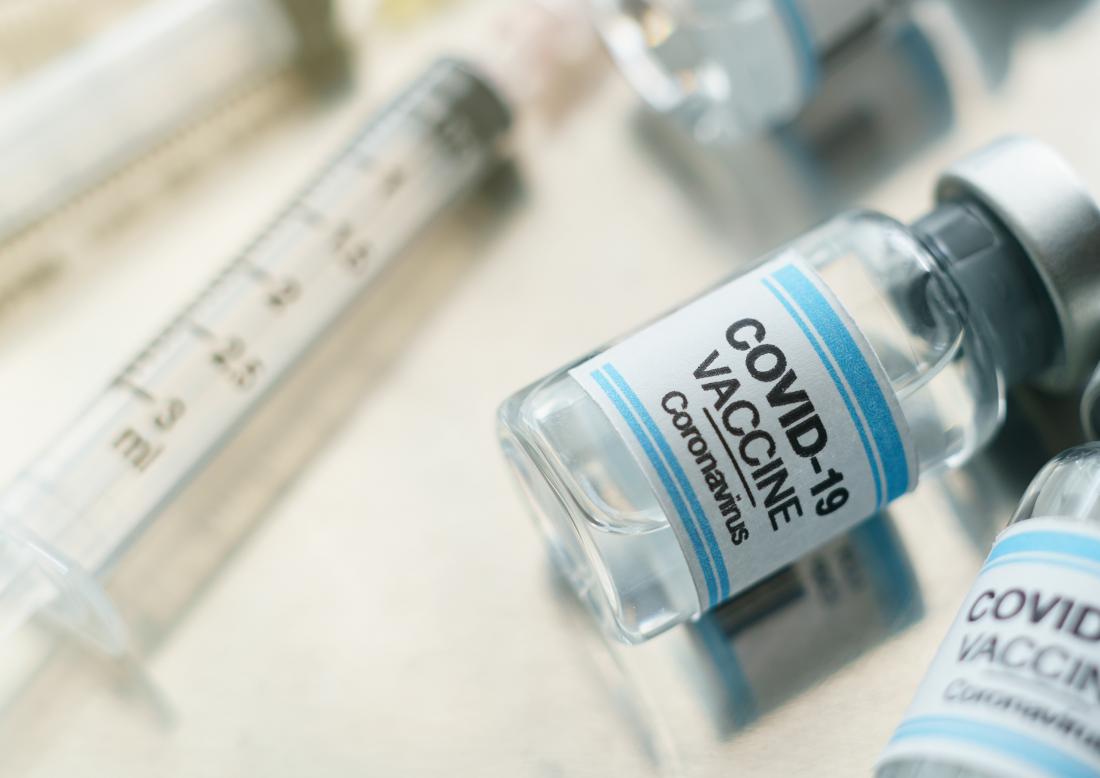This story is featured in the Asia Research News 2023 magazine. If you would like to receive regular research news, join our growing community.
Get the news in your inbox
The rapid international effort to develop and deploy vaccinations against the SARS-CoV-2 virus has been a saving grace of the pandemic. But it’s not over yet. Scientists now need to understand in detail how our immune systems respond to the different vaccines over time to continue to tweak them and improve their efficacy as the virus changes.
In a paper published in Scientific Reports, researchers at Universiti Malaysia Sarawak (UNIMAS) analysed blood samples of more than 300 vaccinees in the state of Sarawak. They tested for the appearance of various antibodies up to 13 weeks after receiving the second dose of two different types of vaccine: the Pfizer/BioNTech and Sinovac vaccines.
Medical laboratory technologists Whilemena Upam (left) and Ummi Syafiqah (right) are preparing the blood for antibody testing.
Each vaccine uses a different approach to elicit an immune reaction. The Pfizer/BioNTech vaccine contains mRNA that codes for the spike protein present on the surface of the SARS-CoV-2 virus. When a person’s cells start producing this protein, the immune system responds by forming antibodies that can recognize and bind to it, preventing the virus from attacking host cells. The Sinovac vaccine is made using whole inactivated virus, stimulating a broad immune response.
Local and regional studies are important to ascertain communities are receiving the care they need. Researchers analysed blood samples of more than 300 vaccinees in the Malaysian state of Sarawak.
“We found that people who received the Pfizer/BioNTech vaccine produced significantly higher levels of antibodies that lasted longer compared to those who received the Sinovac vaccine,” says UNIMAS virologist Cheng Siang Tan.
Malaysian national statistics show very low rates of intensive care admission (0.0066%) and death (0.01%) among people who received both doses of any vaccine. However, the statistics also show that, relative to Pfizer/BioNTech recipients, Sinovac vaccinees were more likely to require intensive care (5.5 times) or die (3 times).
Interestingly, the UNIMAS study found that a small percentage of people (1.9%) who received the Sinovac vaccine failed to produce antibodies against the virus’s spike protein three weeks after the second dose, while 2.9% had very low antibody levels at week 13. “This could explain why COVID-19-related deaths are relatively higher among Sinovac recipients,” says Tan.
The team also wanted to test whether vitamin D insufficiency has an effect on a person’s ability to develop a strong immune response following vaccination against SARS-CoV-2.
They were surprised to find that only 13.4% of the study population had sufficient vitamin D levels, despite Malaysia’s location near the equator. This could be because people stayed indoors during lockdowns.
“Interestingly, we found that the magnitude and longevity of antibodies were not dependent on serum vitamin D levels,” says Tan.
Only 13.4% of the study population had sufficient vitamin D levels, despite being near the equator. Interestingly, the antibodies were not dependent on vitamin D levels.
The team says its findings support a three-month interval between the second dose and the following booster of the Sinovac vaccine, but that recipients of the Pfizer/BioNTech vaccine, who have significantly higher antibody levels, could wait longer.
Next, the team plans to compare antibody responses in people receiving booster doses of the same or a different vaccine.
Further information
Assoc Prof Cheng Siang Tan
[email protected]
Faculty of Medicine and Health Sciences
Universiti Malaysia Sarawak
Read a related article from Asia Research News: Communicating vaccine research in a pandemic.
We welcome you to reproduce articles in Asia Research News 2023 provided appropriate credit is given to Asia Research News and the research institutions featured.






